Introduction
Counterfeiting is a growing problem that affects businesses worldwide. In 2023, fake goods accounted for 3.3% of global trade, costing brands billions of dollars in lost revenue. Also, the trade in counterfeit goods is expected to reach 5%, which is $1.79 trillion by 2030. Industries like luxury goods, pharmaceuticals, and electronics are among the hardest hit. Counterfeit products harm businesses and put consumers at risk by providing low-quality or even dangerous items.
To fight this issue, companies are turning to anti-counterfeit technology. These solutions help verify product authenticity, track supply chains, and prevent fraud. Modern technology offers many ways to protect brands from holograms and smart labels to blockchain and AI-powered detection.
Let’s explore the different types of anti-counterfeit technology and how businesses can choose the right solution. We will also look at how NanoMatriX helps brands stay one step ahead of counterfeiters.
The Rising Threat of Counterfeiting
Counterfeiting is a serious issue affecting many industries. According to a report by the International Chamber of Commerce (ICC), counterfeit goods cause businesses to lose over $500 billion every year.
Several industries are at high risk. Luxury brands lose millions annually due to fake handbags, watches, and clothing. Pharmaceutical companies face even bigger dangers. As counterfeit medicines can harm or even kill patients. Electronics manufacturers also struggle, as fake batteries and devices pose fire hazards.
Imagine a customer buying a counterfeit version of your product—it might not work properly or could even be dangerous. When that happens, they blame your brand, not the counterfeiters.
Counterfeiters are smart. They often exploit weak points in supply chains, such as unauthorized sellers or unsecured packaging. This makes it easy for fake products to enter the market and reach unsuspecting customers. To protect both profits and reputation, companies must take action. Investing in anti-counterfeit technology is now more important than ever.
What is Anti-Counterfeit Technology?
Anti-counterfeit technology includes different tools and methods used to prevent, detect, and verify fake products. These solutions help brands protect their goods, supply chains, and customers from counterfeiters.
There are two main types of anti-counterfeit technology:
- Physical security features – These include special packaging, labels, and unique product markings that are hard to copy.
- Digital authentication solutions – These use advanced technology like QR codes, blockchain, and AI to track and verify products.
The main goal of anti-counterfeit technology is to ensure that only genuine products reach the market. It helps businesses track their goods, prove authenticity, and stop fake items from spreading. Many industries, including fashion and electronics, rely on these solutions to protect their brands and customers.
As counterfeiting methods become more advanced, anti-counterfeit technology continues to evolve, offering smarter and more effective ways to keep your brand secure.
Types of Anti-Counterfeit Technologies
Anti-counterfeit technologies come in various forms, each designed to address different levels of security and usability. Here are the main types:
1. Physical Security Features
These are visible features added to products or packaging to prove authenticity. Some common types include:
- Holograms & Optical Variable Devices (OVD): These labels change color or design when viewed from different angles. They are difficult to copy and help customers spot fake products.
- Security Inks & Color-Shifting Technology: These special inks change color when tilted or exposed to light, making it easier to verify authenticity.
- Tamper-Evident Labels & Packaging: These labels break or show signs of tampering if someone tries to open or alter the product.
- Unique Serial Numbers & QR Codes: Each product gets a unique code that customers or retailers can scan to verify its authenticity.
2. Digital Authentication & Blockchain-Based Solutions
Digital solutions allow consumers and businesses to verify products using technology. These include:
- Track & Trace Systems: These systems monitor products at every step of the supply chain, helping businesses track where a product comes from and where it is going.
- Blockchain for Authenticity Verification: Blockchain stores product data securely that cannot be changed. This helps in verifying a product’s origin and authenticity.
- AI-Powered Image Recognition & Digital Fingerprinting: AI can analyze product details like packaging, RFID tags, barcodes, or micro-features to detect fakes.
3. Forensic & Chemical Solutions
These advanced methods use hidden markers that only experts can detect. Examples include:
- DNA Markers & Taggants: Unique biological or chemical markers that prove authenticity.
- Invisible Ink & Microprinting: Tiny details visible only under special lights or magnification.
Each type of anti-counterfeit technology offers different levels of protection. Many brands use a combination of these solutions to ensure strong brand protection and prevent counterfeiting.
Benefits of Anti-Counterfeit Technology for Brands
Anti-counterfeit technology offers several key benefits for brands and manufacturers. Here’s how it can help you:
- Protects Your Brand Reputation: Counterfeit products are often of poor quality and can harm your brand’s image. Anti-counterfeit technology ensures that only genuine products reach your customers, helping you maintain trust and credibility.
- Reduces Revenue Loss: Counterfeiting costs businesses billions of dollars every year. You can protect your sales and revenue by preventing fake products from entering the market.
- Enhances Supply Chain Transparency: Technologies like QR codes and blockchain allow you to track your products at every stage of the supply chain. This makes identifying and addressing weak points where counterfeiting might occur is easier.
- Improves Consumer Safety: Fake products, especially in industries like pharmaceuticals or electronics, can be dangerous. Anti-counterfeit technology helps ensure that your customers receive safe, authentic products.
- Boosts Customer Engagement: Features like QR codes verify authenticity and connect customers to your brand. For example, scanning a code can lead to product information, promotions, or loyalty programs, creating a better customer experience.
By investing in anti-counterfeit technology, you’re not just protecting your products but building a stronger, more trustworthy brand.
Choosing the Right Anti-Counterfeit Solution for Your Brand
Selecting the right anti-counterfeit technology depends on your industry, product type, and security needs. Different solutions offer different levels of protection, so choosing one that fits your business is important.
Here are some key factors to consider:
1. Type of Product
Some products need visible security features, like holograms or tamper-proof packaging, while others require hidden solutions, like DNA markers or blockchain tracking. For example, luxury brands may use holograms, while pharmaceutical companies rely on serial numbers and blockchain.
2. Industry Regulations
Specific industries, such as healthcare and electronics, have strict rules about product authentication and tracking. Make sure your anti-counterfeit solution meets legal requirements and industry standards.
3. Supply Chain Complexity
If your products pass through multiple suppliers, distributors, and retailers, you may need smart tracking solutions like QR codes, serialization, or blockchain authentication. These technologies help track goods at every stage.
4. Cost vs. Effectiveness
Some brand protection solutions are more expensive than others. However, investing in high-quality anti-counterfeit technology can save money in the long run by preventing losses, recalls, and reputational damage.
5. Ease of Integration
The anti-counterfeit technology should fit easily into your existing production, packaging, and distribution systems. Choose a solution that does not slow down operations and can be quickly adopted by your team.
By carefully selecting the best brand protection method, businesses can prevent fraud, protect customer trust, and reduce financial losses.
How NanoMatriX Helps Brands Fight Counterfeiting
NanoMatriX provides advanced anti-counterfeit solutions to help businesses protect their brands, products, and customers. With years of experience in brand protection, NanoMatriX offers a range of innovative technologies to stop counterfeiters.
1. High-Security Holograms & Labels: NanoMatriX provides custom-designed holograms, security stickers, and tamper-evident labels that are difficult to copy. These features help customers and retailers instantly verify product authenticity.
2. Smart QR Codes & Track-and-Trace Solutions: With SecureMatriX™; Track & Trace, brands can assign unique QR codes or serial numbers to each product. Consumers and supply chain partners can scan these codes for instant verification.
3. Blockchain-Enabled Authentication: NanoMatriX offers blockchain-secured anti-counterfeit solutions that provide tamper-proof product authentication and transparent tracking across the supply chain.
4. NFC/RFID Management: Their unclonable NFC/RFID tags enhance product authentication, supply chain tracking, and customer engagement through AI-driven verification systems.
5. AI-Powered Image Recognition: Their AI technology can analyze microprint patterns, security labels, and product details to detect fakes instantly.
6. E-Seal Technology for Secure Documents: For brands dealing with certificates, legal documents, and high-value goods, NanoMatriX provides e-Seal solutions that protect against forgery.
7. Compliance Management: Their AI-powered compliance solutions help businesses secure sensitive documents, ensure regulatory adherence, streamline workflows, and provide actionable insights for corporate compliance.
8. Excisable Goods Management: With ExciseTrack Pro, businesses handling alcohol, tobacco, and other excisable goods can benefit from AI-driven tracking, tamper-proof tax stamps, and real-time monitoring to ensure tax compliance and revenue protection.
Using NanoMatriX’s brand protection technologies, companies can reduce counterfeiting, build customer trust, and safeguard their reputation.
Protect Your Brand with NanoMatriX Today!
Counterfeiting is a growing threat, but you do not have to face it alone. NanoMatriX provides cutting-edge anti-counterfeit solutions to protect your products and reputation and build customer trust.
By implementing NanoMatriX’s anti-counterfeit solutions, businesses can:
- Prevent fake products from damaging their reputation.
- Protect customers from unsafe counterfeit goods.
- Ensure supply chain integrity with smart tracking and verification tools.
- Stay compliant with industry regulations and standards.



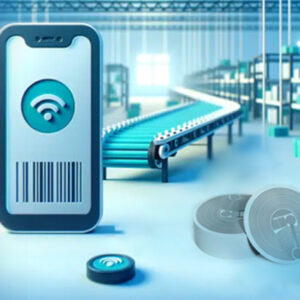


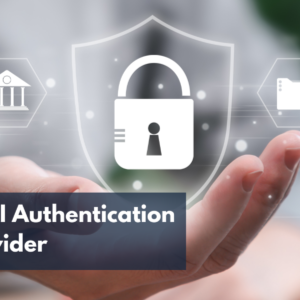





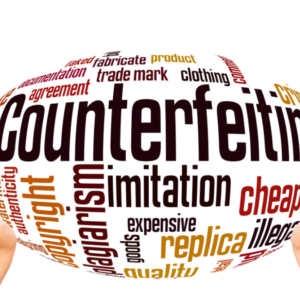
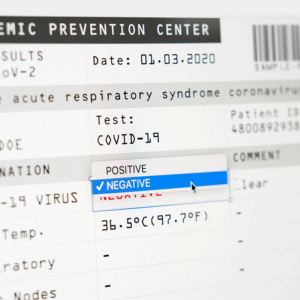
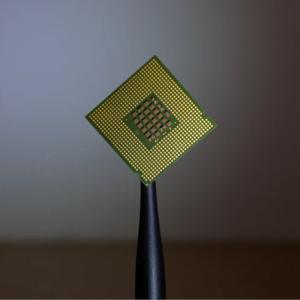
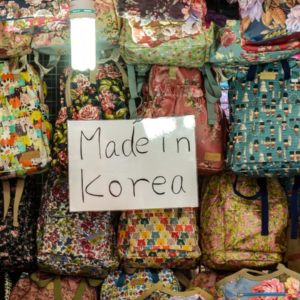



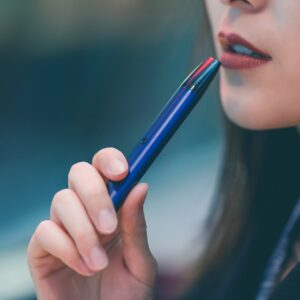
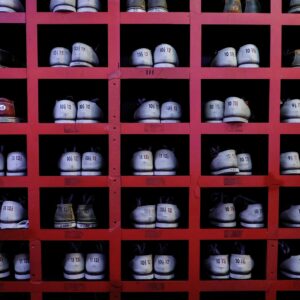

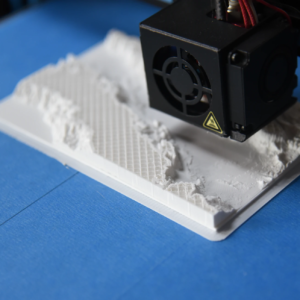
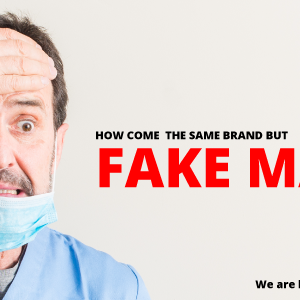
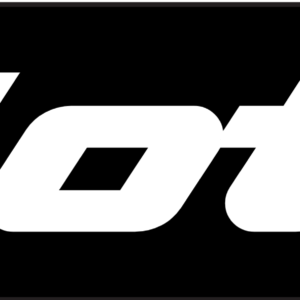


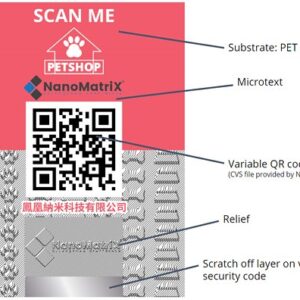


Recent Comments